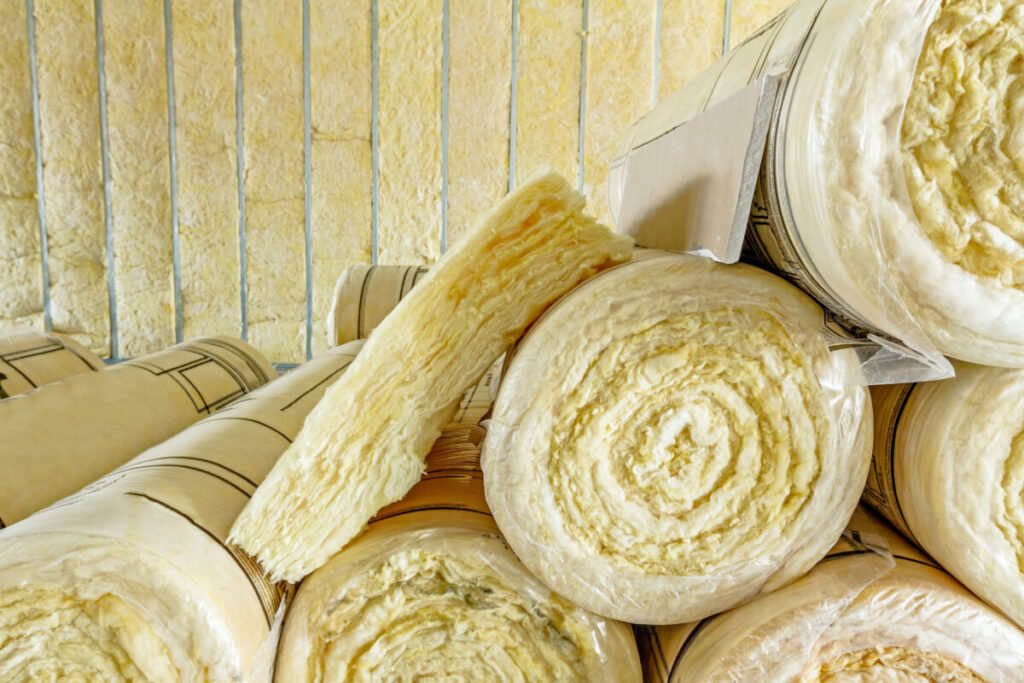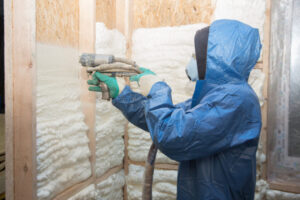If you're trying to keep something warm or cold, you're going to need a good insulator. Luckily, there are many different types of insulators you can use.
Choosing the right insulator will depend on the item you're needing to insulate. Keep reading to learn more about insulators to find the right material for you!
1. Rubber
Rubber is a well-known electrical and thermal insulator. The wires in your house and home are often insulated with rubber. Rubber is also used to insulate pipes in some homes. As a thermal and electrical insulator, rubber stops electricity and heat from passing through it.
As the temperature around the rubber insulator changes, the rubber will shrink or expand. For this reason, it may not be the most durable material. Consider using another material if you're looking to insulate extremely warm or extremely cold items.
Rubber loses its ability to expand or shrink at -94°F (-70°C). Though rubber doesn't necessarily have a melting point, it can ignite at 500-600°F (260-316°C).
2. Dry Wood
Dry wood can also be a good insulator, for both electricity and heat. Surprisingly, it isn't necessarily the wood that insulates, but rather the air the wood contains. This is actually true for many different insulators such a foam, fibreglass, wool etc
Wood fibers contain small pockets of air. Since gases such as air are good thermal insulators, wood is too.
Wood is a better insulator than many other materials. Watch the following video to learn more about wooden home insulation and its benefits.
Remember, water is a fairly good electrical and heat conductor. Therefore, if the wood becomes wet, it will conduct electricity rather than insulate against it.
3. Plastic
Once again, plastic is both an electric and thermal insulator. Smaller wires in your car and home are plastic coated. This protects you from getting shocked. Additionally, it prevents two wires from touching and shorting out. You can also see plastic used as an insulator around electrical sockets and light switches.
Plastic is an excellent material for keeping items hot or cold—more so cold. While plastic can handle the cold, too much heat will damage it.
The exact melting point of the plastic insulator will depend on its chemical composition. Some more durable plastic compositions melt after 300°F (148ºC) while others melt with much less heat. Verify the heat rating of your plastic container before using it to insulate any warm items.
It is best to use plastic for cold insulation. This is why plastic is one of the most common materials used to make coolers. However, given plastic can melt at high temperatures you have to be very careful with placing boiling water in a cooler as it can melt the plastic.
4. Glass
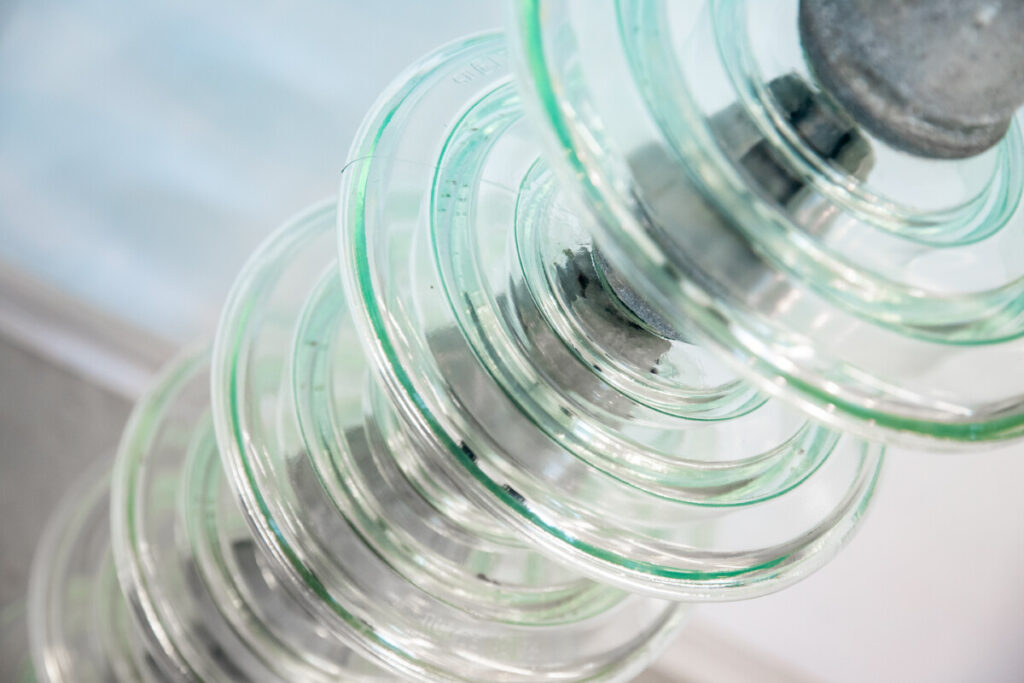
Glass can also be used to insulate electricity or thermal energy. That's right! Glass is not a thermal conductor.
All an insulator has to do is prevent heat or electricity from passing through, not stop it entirely. For this reason, when you pour a warm liquid into a glass container, the outside will begin to feel warm.
While some heat is escaping, the glass is containing most of it, keeping the liquid warmer for longer. The thicker the glass the better it will be at insulating and double walled glass cups are one of the best types of cups for keeping coffee hot the longest.
Glass is actually a good material for insulating electricity at room temperature. One reason you don't see a significant amount of electrical insulation made from glass is because of its durability. Glass breaks easily and therefore isn't a practical option for most electrical insulation applications.
Also as glass warms up it becomes a conductor of electricity as opposed to an insulator. Due to the fact electrical currents can create heat which can warm up the glass this presents an obvious problem.
5. Dry Paper/Cardboard
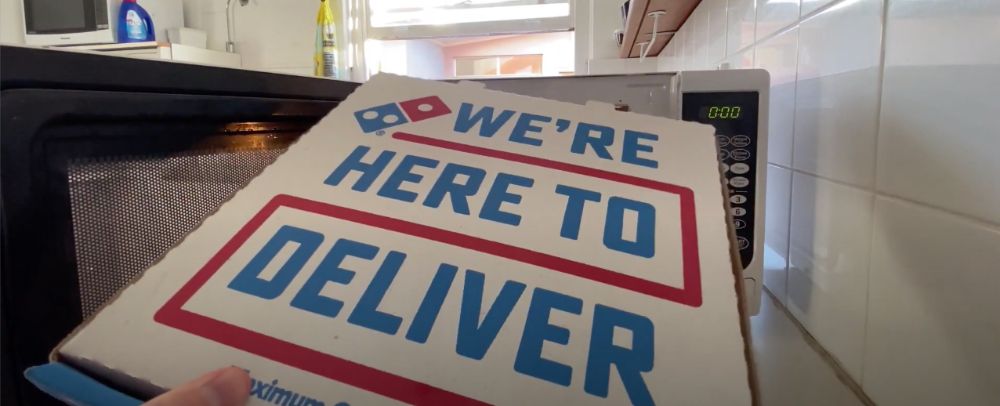
The fact that paper is an insulator might surprise you. But think about when have you seen paper used to insulate something. Maybe you've purchased meat from the deli or ice cream at the grocery store.
Even delivery drivers use cardboard and paper to keep food hot for delivery. Think about pizza boxes. They aren't just convenient and cheap but they also keep the pizza hot.
To keep the items cold until you get home, they are either wrapped in paper or placed in a paper bag. Paper can also be used to insulate warm objects. For example, when you picked up a cup of coffee on your way to work, it likely came in a paper cup (with a paper sleeve even). Also thermal bags use a combination of aluminum foil and paper to insulate the contents to keep them hot or cold.
Dry paper can also be used as an electrical insulator; however, this is not something you see often due to the fact that it can catch on fire if it gets too hot.
Once paper is wet heat and electric current can move through it much easier. This is why you need to keep the paper dry.
6. Pure Water (This One Is Surprising)
Earlier it was mentioned that water is a good electric conductor, so why is it now listed as an insulator? To further complicate the situation, pure water is listed as an excellent electrical insulator and is 81x more insulating than air!
Additionally, pure water is an excellent heat conductor. Here's why:
Normal, day-to-day water contains lots of ions that allow electricity to pass through it. That is why you should never step in a puddle near a downed power line or put a hairdryer in the bath tub. However, when you distill the water, it strips all the ions away, preventing electricity from passing through it.
Watch the video below to learn more about how pure water can be an electrical insulator!
Water is also fairing insulating when it comes to heat. Ever thought about how long it takes to boil water on the stove vs how long it takes a metal pan to get hot?
Water is actually an insulator. However, it is good at transferring heat through convection – the movement of heat through a fluid (think pushing hot water around in the bath). This is why water is often used in cooling systems as it can remove heat quickly through convection.
7. Wool
The fact that wool is a thermal insulator should come as no surprise. Why else would we wear wool socks, mittens, and hats in the winter?
In certain instances, wool can be used as an electrical insulator too!
Similar to sheep's wool is mineral wool. This wool is formed from rock materials. Watch this video to learn exactly how it is made!
Mineral wool is used to insulate the exterior walls in homes. Some vehicles use mineral wool for thermal insulation.
8. Ceramic
Ceramic materials insulate a lot like glass does. In many cases, ceramics are better insulators than glass. Think about your coffee cups and which ones heat up faster than the others. Chances are, the glass mugs do. This means that the glass cups let the heat in the liquid out faster than the ceramic cups do.
Ceramics can also be used as electrical insulators. Another material with similar insulating qualities to ceramics is porcelain.
9. Fabric
Once again, it shouldn't surprise you that fabrics are excellent thermal insulators. In the winter, we wear more clothes. The more layers we have on, the harder it is for our body heat to escape.
Fabrics can also be used as electrical insulation.
10. Styrofoam
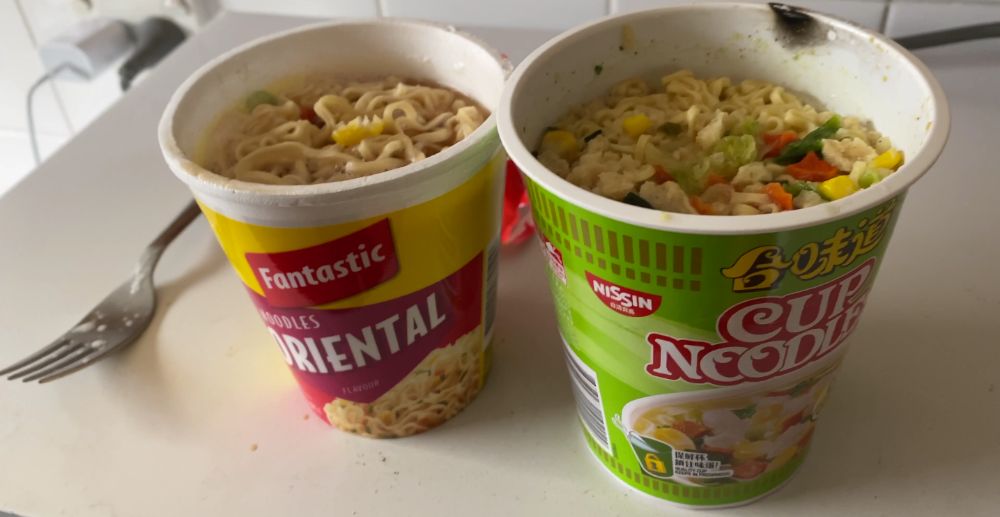
Styrofoam, also known as polystyrene, has insulating qualities similar to those of plastic. Styrofoam is one of the best (and cheapest) insulators out there.
It works so well because it traps millions of tiny air bubbles and it's actually these air bubbles that do the majority of the insulating.
You can purchase styrofoam coolers or styrofoam cups. In other words, styrofoam is good for insulating both cold and hot substances. Styrofoam can keep dry ice frozen for 18-24 hours in a smaller cooler and up to 3-4 days in a larger cooler.
Even better, styrofoam can handle items as hot as 400°F without melting. However, I do NOT recommend microwaving styrofoam as it can cause the release of styrene which is a known carcinogen.
11. Vacuum
Interestingly a vacuum is one of the best insulators of both heat and electricity.
Due to the fact there are little to no particles in a vacuum heat is unable to transfer through the vacuum via convection or conduction. Instead it can only transfer through heat radiation.
This is why items like Yeti tumblers work so good at keeping drinks hot or cold. They are made dual wall stainless steel and inbetween the inner and outer wall they suck out all the air and make a vacuum.
Below you can see a Hydro Flask ice test that I did and the larger Hydro Flasks kept ice for a whopping 3 days!
Vacuums are also good at insulating against electric current. Because there is no medium to travel through the electric current needs a lot of energy in order to pass through a vacuum. For more details read here.

